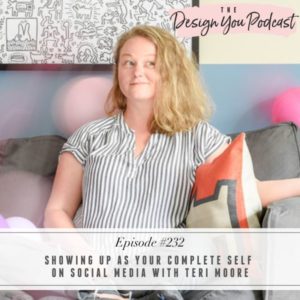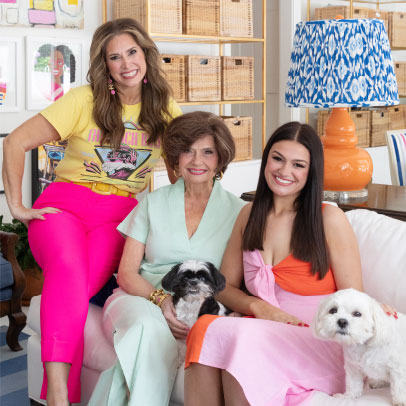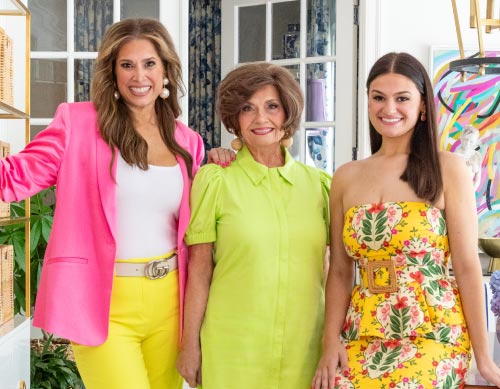
As Interior Designers, we make things look beautiful, and like to showcase our work in this light in the online space. But there are real human beings behind these beautiful accounts, and we are more than our work. So why are so many of us still apprehensive to show up as our complete selves on social media?
Teri Moore is an Interior Designer based in Nashville, Tennessee, whose successful design business was on the brink of bringing her TV stardom right at the beginning of the pandemic. Unfortunately, just as the COVID pandemic began, her home was completely devastated by a tornado, and 2 years later she is still rebuilding her home, her business, and her family’s sense of security. This process forced her to reconsider her own idea of success and the way she shows up on social media and she joins me this week to share more.
Listen in this week as Teri shares how she learned to stop showing up online in an attempt to make everything appear perfect, and start showing up on social media as her true, complete self. We dive deeper into hustle culture and the importance of working smarter, not harder, the track we believe we should be on as Interior Designers, and how Teri learned to evaluate whether her priorities – or what she thought were her priorities – were in line with a life she truly wanted.












